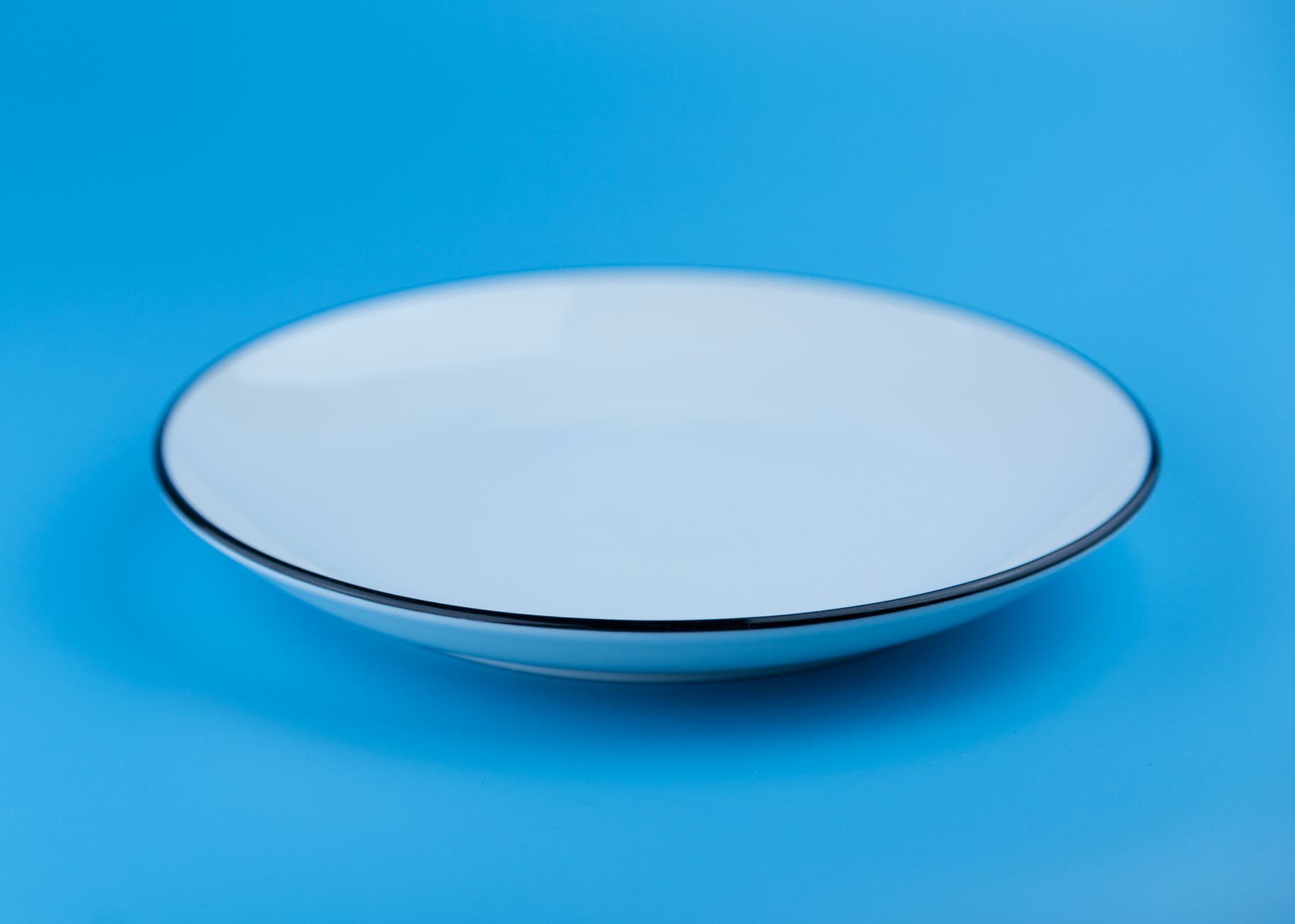While procrastinating on homework, I stumbled upon an interesting article in my school’s online library. It was titled, “Meal-Insulin Cycle: A visual summary of the biochemical events between meals.”
This article caught my attention for a couple of reasons. First, it was not published in a diet and nutrition journal, as one might expect. It was published in an academic journal called Biochemistry & Molecular Biology Education. The article stated that the visual summary provided was intended to teach “metabolism or biochemistry” to graduate students in Nutrition or other fields of science. There was no experimenting or hypothesizing about which foods keep you fuller longer, or whether protein burns more calories than fat. It provided a simple, straightforward explanation of the biochemical events that occur within the body when we are not eating.
The other thing that caught my attention was that the authors placed an emphasis on insulin, which I don’t see often . Usually, the importance of blood sugar is stressed when discussing metabolism, which is a significant factor in maintaining health and weight; however insulin is a key player in hunger and energy metabolism that is often overlooked in the mainstream.
In fact, the researchers mentioned that an accurate demonstration of how eating and fasting affect major hormones could not be found elsewhere. Wow! Albeit this article was published in 2016, I still found it surprising that this concept had not been taught to nutrition students previously. Hopefully the curriculum has changed since then.
This fascinating demonstration can be seen here, and the full-article can be found at the link below:

Article: Meal-Insulin Cycle: A visual summary of the biochemical events between meals
Now the authors mention that the visual demonstration has several limitations that could make it difficult to apply in the real world. For example, eating something lower in carbohydrate would result in a lower insulin response. Plus, the time between meals would also make a difference in the “consuming” (i.e. fat burning) stages, so students would need to take these variables into consideration when working with their clients or patients.
While this might be a limitation in terms of a solid curriculum, it is a benefit for anyone interested in trying IF—especially for weight loss.
You see, by incrementally extending the time in-between our meals, we can allow our bodies to burn fat for fuel longer. Eventually, our bodies can learn to become less reliant on food for energy as it adapts to burning fat for fuel more efficiently (i.e. fat adaptation). This process can also result in reduced hunger, which makes IF easier over time.
In a sense, practicing IF empowers us to decide how our bodies will produce energy, and where that energy is produced from: food energy or body fat.

